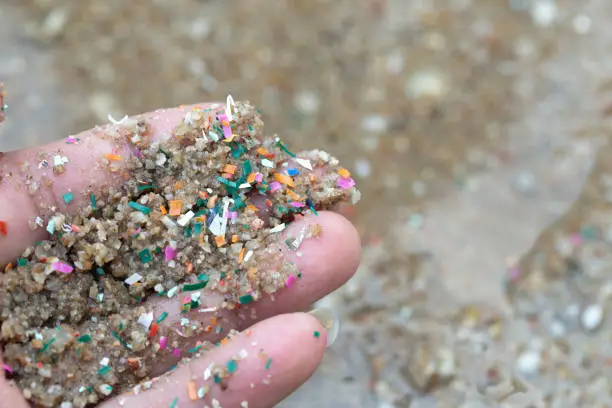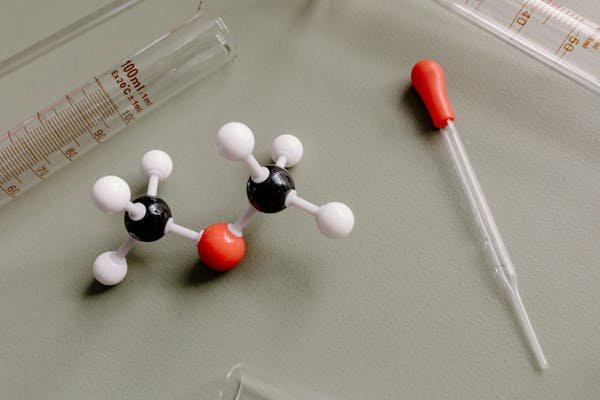Introduction The quantification of food volatiles is a critical aspect of food science that directly influences food quality, safety, and consumer perception. Volatiles are compounds that easily evaporate and contribute significantly to the aroma and flavor of food, playing a Read more…
Using Collision Model-Based Rate Coefficient Calculator for Ion-Molecule Reactions in CI-MS
Various theoretical approaches based on capture collision theory have been developed to compute the rate coefficients of ion-molecule reactions in the gas phase. These theoretical methods require the electric dipole moment and polarizability of the neutral molecule as input parameters Read more…
Volatile Organic Compounds (VOCs) are a diverse group of organic chemicals that have a high vapor pressure at room temperature, leading to significant evaporation and release into the atmosphere. They are emitted from both natural sources, such as vegetation and Read more…
Introduction to Volatile Organic Compounds (VOCs) in the Atmosphere Volatile Organic Compounds (VOCs) are a significant group of organic chemicals characterized by their high vapor pressure at room temperature, leading to substantial emissions into the atmosphere. These compounds are composed Read more…
Understanding Microplastics in Food: Consumption, Effects, and Strategies to Avoid Microplastics, tiny plastic particles less than 5 millimeters in size, have infiltrated our environment, including the food we consume. These minute particles come from various sources, including plastic waste breakdown Read more…
Introduction DIMS is a technique that allows for the direct introduction of a sample into the mass spectrometer without the need for extensive sample preparation. This technique offers several advantages over traditional sample preparation methods, such as reducing analysis time, Read more…






